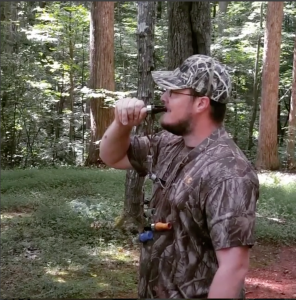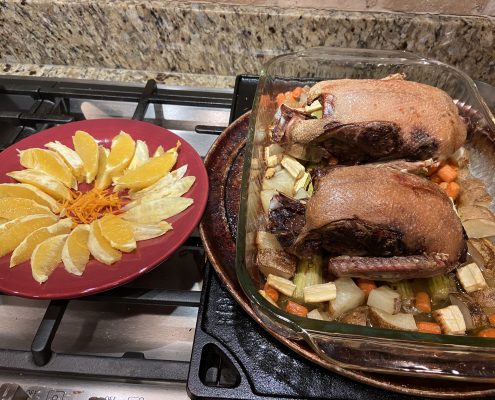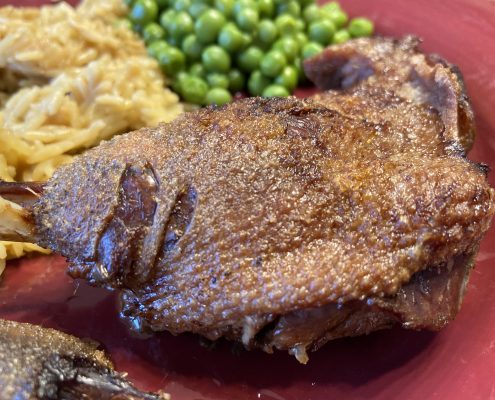Duck Call Practice – Offseason Routines
Don’t put down the calls just because waterfowl seasons are closed. Practice makes perfect, and if you don’t touch a call until October, the birds will be able to tell. The off season is a great time to hone particular parts of your calling skill through duck call practice routines.

Improve Your Chatter
As ducks get close, we all love to use chatter to finish them into the hole. It’s a very basic call, but practicing it can add that last little bit to really make the birds put down the landing gear. Break down your chatter into its basic parts, and practice each separately. Try to chatter with only the front of your tongue, and see how fast you can get. Then, practice using only the back of your tongue, and get faster and faster. Want a more advanced sounding chatter? Go to a refuge or a pond and listen to actual ducks feeding. Try to add some whine or squeak into your chatter to better simulate actual ducks. Try to add quacks and 3- or 5-note hail calls in the middle of chatter to simulate multiple ducks on the water.
Make an Authentic Quack
Making a good quack sound is all about forming your air as it leaves your mouth and travels through the call. Each quack has a beginning, middle, and end. For the beginning, focus on always having a clean beginning with no squeak. For the middle, really focus on air control to get the “-ack” sound just right. The end of the quack should be crisp, with a clean cutoff and no fall off in sound volume or air escaping.
Get a Whiny Hail and Comeback Call
Blowing duck and goose calls is all about air control. For those 5 and 7 note hail calls, practice in the offseason to achieve perfection. Focus on the first note, getting it really clean with no squeaks, not too loud but not too soft. Work on the end of each note, trying to add a little whine to them to simulate a hen’s vocal cords constricting as she finishes a note. This can be achieved by learning how to feather your air slightly at the end of the note by changing your lip position slightly into more of a pucker.
Practice Duck Call Scales
If every note you blow has the same tone, you’ll sound like a single duck. Take a basic quack, and work up and down the scales like a musician would with an instrument. See how low you can make a realistic quack, then get progressively higher until you reach a squeak. Then, go back down. Work the scales up and down, learning how to control your air to deliver quacks at different tones.
Become Multiple Ducks
Building off the quack scales, work on your hail calls to sound like multiple ducks. Move from a slower 5-note hail call at a low tone into a higher pitched, 7-note hail call and then back to a middle-range 5-note hail. Work in a chatter or quack at a different pitch, and get to where you can string together a series of hail calls at different pitches to really sound like a bunch of ducks on the water.
Duck Call Practice Makes Perfect
Our calling technique when waterfowl hunting is one of the few things we can control during the hunt. Perfecting your technique a little at a time will give you more confidence in the blind. The offseason is the time to use duck call practice routines to hone particular portions of your calling repertoire. You’ll enjoy the hunt more, and achieve better results, when you can talk the talk more confidently.





